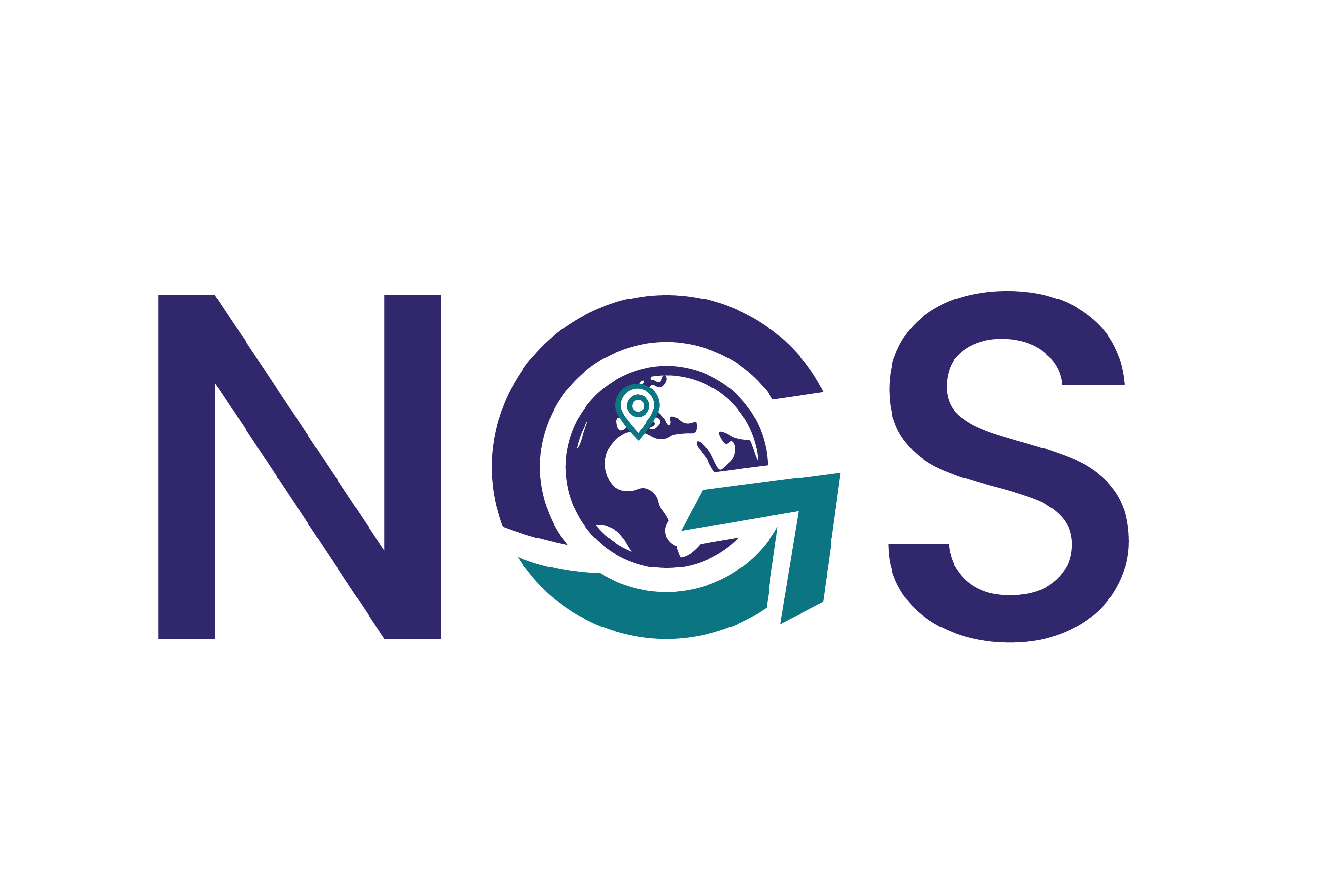International travel is now routine across sectors such as consultancy, engineering, mining and mineral extraction and humanitarian work. Yet despite careful planning around logistics and operations, personal health preparation remains one of the most consistently neglected elements.
At Northcott Global Solutions (NGS), I work within the medical team, supporting the delivery of clinical advice and operational planning to help facilitate global mobility. This includes reviewing live medical cases, advising on destination-specific vaccination and pre-travel health requirements and assessing the scope and reliability of healthcare facilities in a country. I also evaluate access to Centres of Medical Excellence (CMEs), which can be affected by political or regulatory constraints. When local care is insufficient, I help identify evacuation options and pathways to ensure patients can access timely, appropriate treatment.
At NGS, medical cases are handled through close collaboration between our clinical leadership and operations team. Clinical guidance is given under the direction of our Chief Medical Officer, while broader planning draws on detailed knowledge of healthcare capability in the region. This helps ensure that the medical support provided is aligned with both clinical needs and what can be reliably delivered on the ground.
Over the coming weeks, I’ll be sharing case studies that show how this approach has improved care access and outcomes, whether support was arranged before travel or provided reactively in response to unexpected events.
Recurring Health Risks in International Casework
While each and every case has its own context and unique variables, we regularly see certain health risks appear consistently across different regions. These trends are familiar from both our day-to-day casework and the wider public health data and clinical literature we monitor.
- Rabies exposures remain common in Southeast Asia, East Africa and Latin America. Most result from dog bites, but occasionally from monkey or bat bites. In countries such as Indonesia, Kenya, Peru and Cambodia, access to (post-exposure) Rabies Immunoglobulin (RIG) remains limited, even in urban areas. The World Health Organization continues to classify these as high-risk regions, and pre-exposure vaccination remains a highly effective preventative measure for travellers heading to these environments.
- Decompression sickness (DCS) is often underestimated in travel planning, yet it can lead to serious neurological outcomes if not treated promptly. A 2021 review published in Diving and Hyperbaric Medicine confirmed that delays over six hours are associated with poorer outcomes. At NGS, we prioritise in advance knowledge of regional recompression chamber access and transport logistics. Through longstanding partnerships with chambers around the world, we’re able to facilitate treatment efficiently, such as the provision of guarantees of payment, helping to reduce delays and improve outcomes.
- Marine envenomation cases involving box jellyfish, stingrays or sea urchins are frequently reported across Southeast Asia and the Indo-Pacific. In many coastal regions, antivenom or emergency response resources are limited, which can delay treatment for travellers presenting with symptoms.
- Mosquito-borne illnesses such as Dengue, Chikungunya and Oropouche virus are often underestimated, particularly in urban settings. Oropouche, increasingly reported in Brazil and Peru, can cause high fever, headaches, and symptoms resembling viral Meningitis. We monitor these developments using WHO and national surveillance data, and advise that all travellers to follow destination-specific vector precautions as part of any pre-travel health briefing.
Learning from Infrastructure Disruption
Recent power outages across Europe have exposed the fragility of modern infrastructure and how quickly access to healthcare, pharmacies, transport, and digital services can be disrupted. These events emphasise the need to plan not just for clinical risks, but for systemic disruptions that can complicate access to care or essential services
To mitigate the impact of infrastructure failure, we advise:
- Travelling with a minimum 7-day supply of essential medications, in original packaging and with a printed prescription.
- Carrying local currency equivalent to £150–200 in case of ATM or card network outages.
- Bringing a basic personal medical kit with pain relief, oral rehydration salts, antihistamines, loperamide, antiseptic wipes and any individual prescriptions.
- Ensuring access to a 72-hour supply of bottled water, particularly in locations known to commonly have ‘blackouts’ or limited water treatment capacity.
Regional Risk Observations from Case Management
NGS’s global case monitoring and healthcare infrastructure reviews reveal consistent medical risks across different geographies:
- Sub-Saharan Africa: Malaria, Typhoid, Cholera, Leptospirosis and Rabies remain major concerns. Outside capital cities, emergency medical infrastructure is limited. Planning should include validated access to evacuation routes and confirmed CMEs in neighbouring regions if needed.
- Southeast Asia: Diving injuries, animal bites and marine stings are routinely reported. Rabies Post-Exposure Prophylaxis (PEP) is inconsistently available even in private hospitals. Pre-travel vaccination and facility specific planning are strongly recommended.
- Latin America: Dengue, Chikungunya, Malaria and altitude illness are common. Oropouche is increasingly reported and should also be considered.
- Middle East and North Africa: Gastrointestinal illness related to food or water safety is frequent. Language and regulatory variability can affect access to care, particularly for travellers with ongoing medical needs.
Practical Considerations for Long-Term or Remote Deployments
Travellers in remote, post-conflict, or resource-limited settings often face limited access to personal medical supplies. We advise bringing a full supply of essential items, this does include menstrual hygiene products, contraception and medications for chronic or mental health conditions, for the entire duration of your deployment and an extra few weeks’ supply as a minimum.
NGS Capabilities: Before, During and After Travel
At NGS, our medical team supports the entire travel cycle:
- Pre-travel health risk assessments, including region-specific vaccination advice tailored to itinerary, geography and medical history.
- 24/7 case management, including facilitating treatment with vetted providers, outbreak monitoring and escalation where necessary.
- Medical repatriation and evacuation coordination, including air ambulance or medical escort support, where clinically indicated by the treating team.
Final Thoughts: Preparation as a Standard, Not a Luxury
Health planning should be seen as a standard component of any deployment or international assignment. While not every traveller has the time or ability to prepare for every contingency, access to structured support and informed guidance can make a measurable difference when care is needed.
Over the coming weeks, I’ll be sharing real-world case studies that illustrate how planning in advance, or swift coordination when that’s not possible, has helped our clients secure appropriate care and continuity of treatment across diverse operational contexts.
By Sofia Petryk, Medical Operations Executive, Northcott Global Solutions








